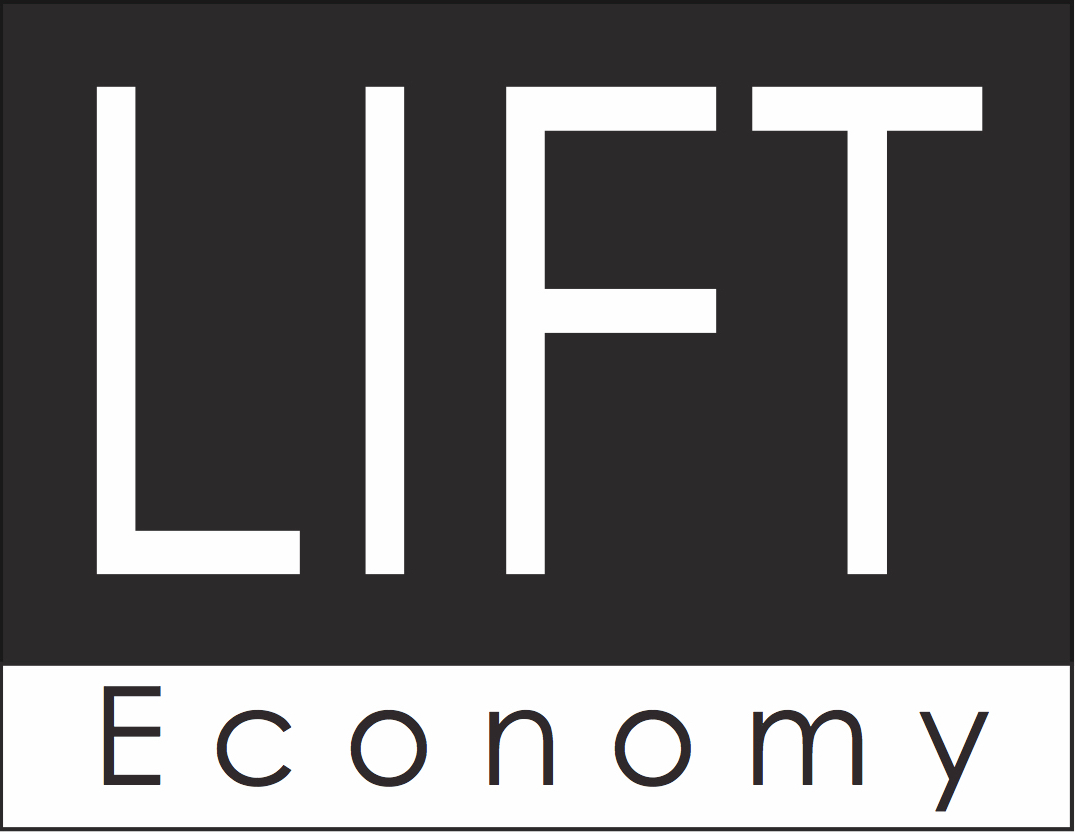Written by Next Economy MBA Student Melissa Hanson
How can we re-imagine the built environment as part of the biosphere? How do we design resilient structures in a changing, increasingly disaster-prone climate? How do we create food secure, farm-centric housing? What does it look like when historically disenfranchised black, indigenous, and POC people re-claim sovereignty in their communities? These are just a few of the brilliant questions we collectively pondered in our first Field Building event of 2019.
LIFT brought together an innovative group of pioneers to share insights on what building resilient communities in the next economy looks like. Part of our work at LIFT is helping citizens, policy-makers, entrepreneurs, investors, innovators and philanthropists imagine and implement an economic system functioning in a way that enhances ecosystems and heals communities. In order for our work to be lean, it is imperative that we collaborate within and across sectors. The competitive paradigm of the business as usual economy is giving way to a radically more cooperative and creative way of making sure everyone has the goods and services they need. This is how we are going to “make our math work”. We had the honor of bringing together a number of leaders from various sectors of the new economy, who shared their current projects aimed at building resilient communities.
We heard from Massey Burke, a natural builder paving the way for larger-scale residential and commercial building projects to be carbon negative. She highlighted the fact that we are facing a future of constantly re-building communities in the wake of climate induced disasters and migration events. What if we could re-build the structures in those communities to be carbon-negative and fire resistant, and “re-imagine the built environment as part of the biosphere”?
Raphael Sperry from ARUP (our gracious hosts) shared their visionary work on mitigation and adaptation for climate change. Their WeatherShift software tool uses data from global climate change modeling to help architects and builders better predict the changing weather of the future and build more resilient, cost effective structures.
Looping in regenerative agriculture into the conversation around resilient structures and communities, Benjamin Fahrer of Top leaf Farms shared his work on re-wilding and re-hydrating our urban centers. They’re asking the question, “how do we create farm-centric housing?”. So far one answer is gorgeous rooftop gardens and “Agrihoods”.
Resilience demands that we include everyone. The East Bay Permanent Real Estate Cooperative, presented by Noni Session? is changing the way we conceptualize land ownership, by “creating pathways for everyday people to organize, finance, acquire, and co-steward land and housing on their own terms”. The extractive nature of speculative real estate markets has made it nearly impossible for historically disenfranchised black, indigenous, and POC folks to have sovereignty over their community, and EBPREC is seeking to change that. Through innovative collective financing and governance, they’re able to secure land and housing tenure for people who would otherwise never have that opportunity. Our communities will never be truly resilient if they are not diverse, equitable, and inclusive.
With 941,165 acres, 31,444 structures and 138 lives lost to fire last year in CA, it is more imperative than ever that we collaborate in search of resilient solutions to some of our most basic needs.The ripples of destruction from climate change fueled natural disasters continues long after the initial event. We are seeing this now with extreme flooding in Sonoma County, a result of the massive fires there in 2017. The Clif 2nd Responder Fund from Clif Bar is a prime example of a corporation recognizing a critical need and doing what they can to give back to a community in crisis. They’re raising money to help communities devastated by the Paradise Fire to rebuild, after the first responders have left.
We will be planning more Field Building Gatherings throughout 2019, including one in May, so stay tuned. If you or your organization are interested in being invited or getting involved please fill out the form at this link: www.lifteconomy.com/building

